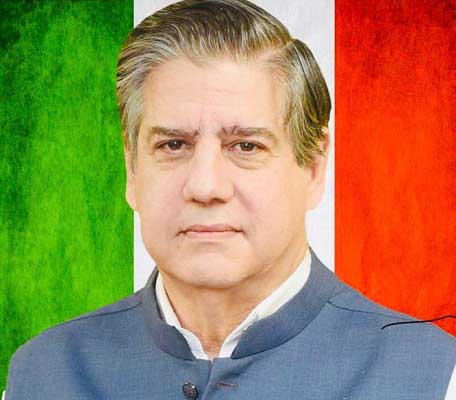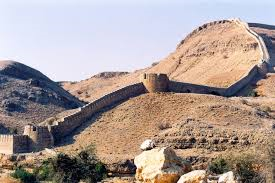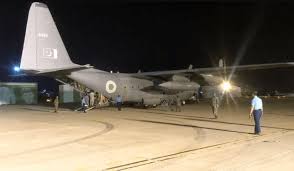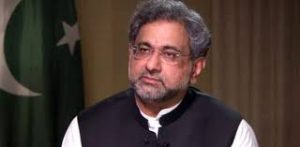Italian archeologists to study origin of Ranikot Fort: Ambassador Stefano Pontecorvo

Milan: Italy’s ambassador to Pakistan Stefano Pontecorvo on Saturday said Italian archaeologists will study origin of Pakistan’s Ranikot Fort. The envoy said his country had been supporting the archeological work in Pakistan. “Our archaeologists have contributed in Pakistan and have been acknowledged by the government of Pakistan,” he said. The ambassador said his country aimed to enhance ties with Pakistan on all fronts. Ranikot Fort is a historical Talpur fort near Sann, Jamshoro District, Sindh, Pakistan.

Ranikot Fort is also known as The Great Wall of Sindh and is believed to be the world’s largest fort, with a circumference of approximately 32 kilometres. The fort’s ramparts have been compared to the Great Wall of China. The site was nominated in 1993 by the Pakistan National Commission for UNESCO world heritage status, and has since been on the tentative list of UNESCO World Heritage Sites. The fort is listed as a historical site under the Antiquities Act, 1975 and its subsequent amendments, and is provided protection. The original purpose and architects of Ranikot Fort are unknown. It was formerly believed that the fort was built during the regimes of the Sassanians, the Scythians, the Parthians or the Bactrian Greeks, however, more recent evidence shows that the fort originated under the Talpurs. Archaeologists point to the 17th century as the time of its first construction but Sindh archaeologists now agree that some of the present structures were reconstructed by Talpurs in 1812 at a cost of 1.2 million rupees.
The battlements of Ranikot formed the last capital of the Amirs of Sind, when they were brought under the colonial rule of the British Empire. Radiocarbon tests were conducted at the Sann Gate on the charcoal embedded in the mortar of a collapsed pillar of the eastern gate of the fort. These tests have confirmed that this gate was probably renovated between the early part of the 18th century and the early part of the 19th century, prior to Britain invading the fort when the Kalhoras, or most likely the Talpur Mirs of Sindh ruled over the area. Actually the sample for radiocarbon test was gotten from the pillar which was constructed in later period and it was not part of original and earlier Construction of the fort.





